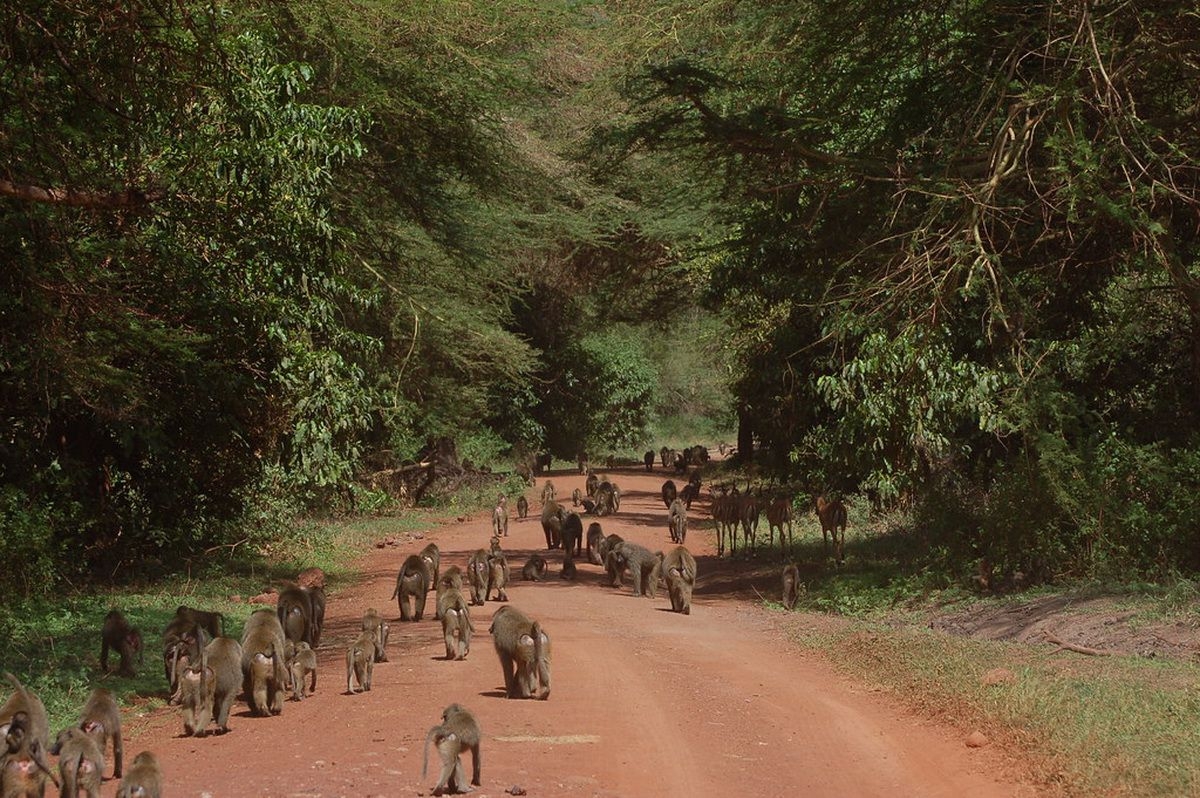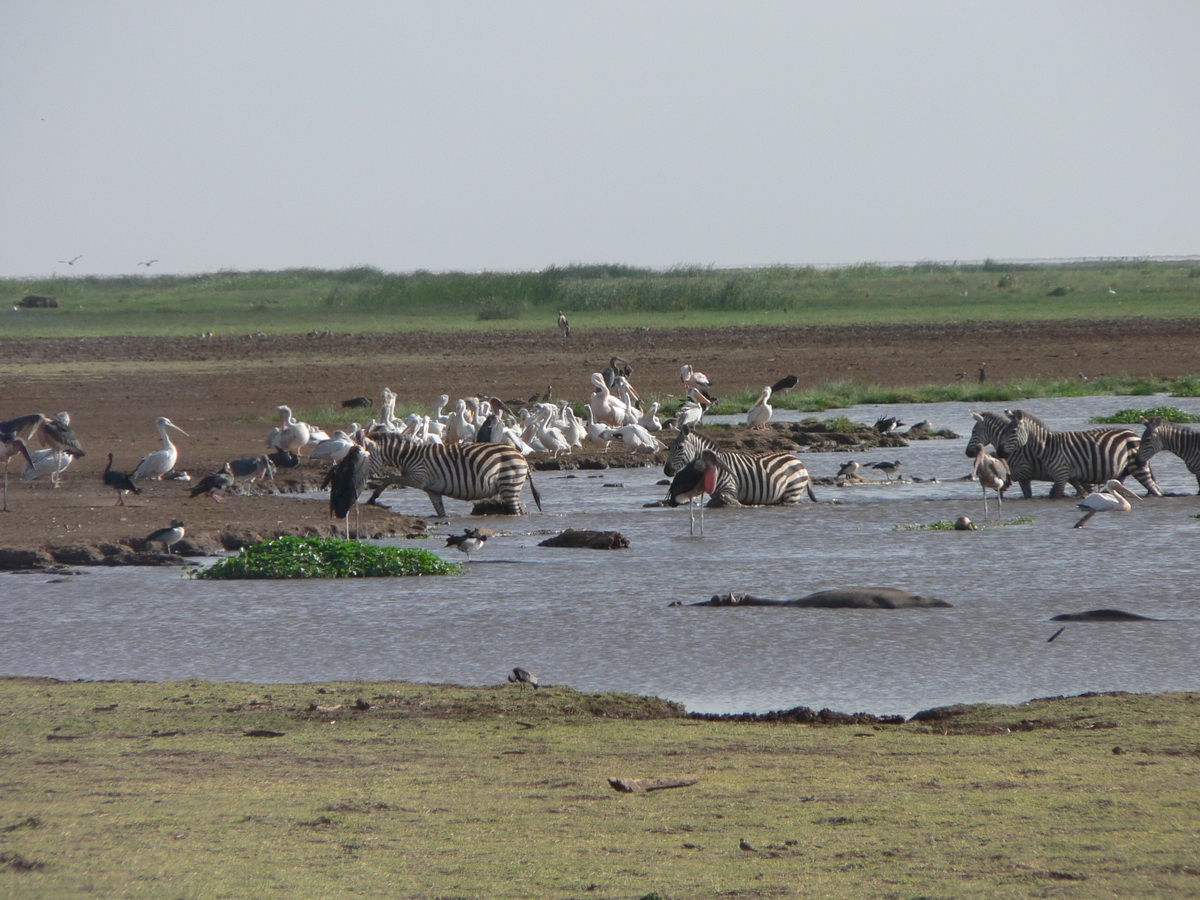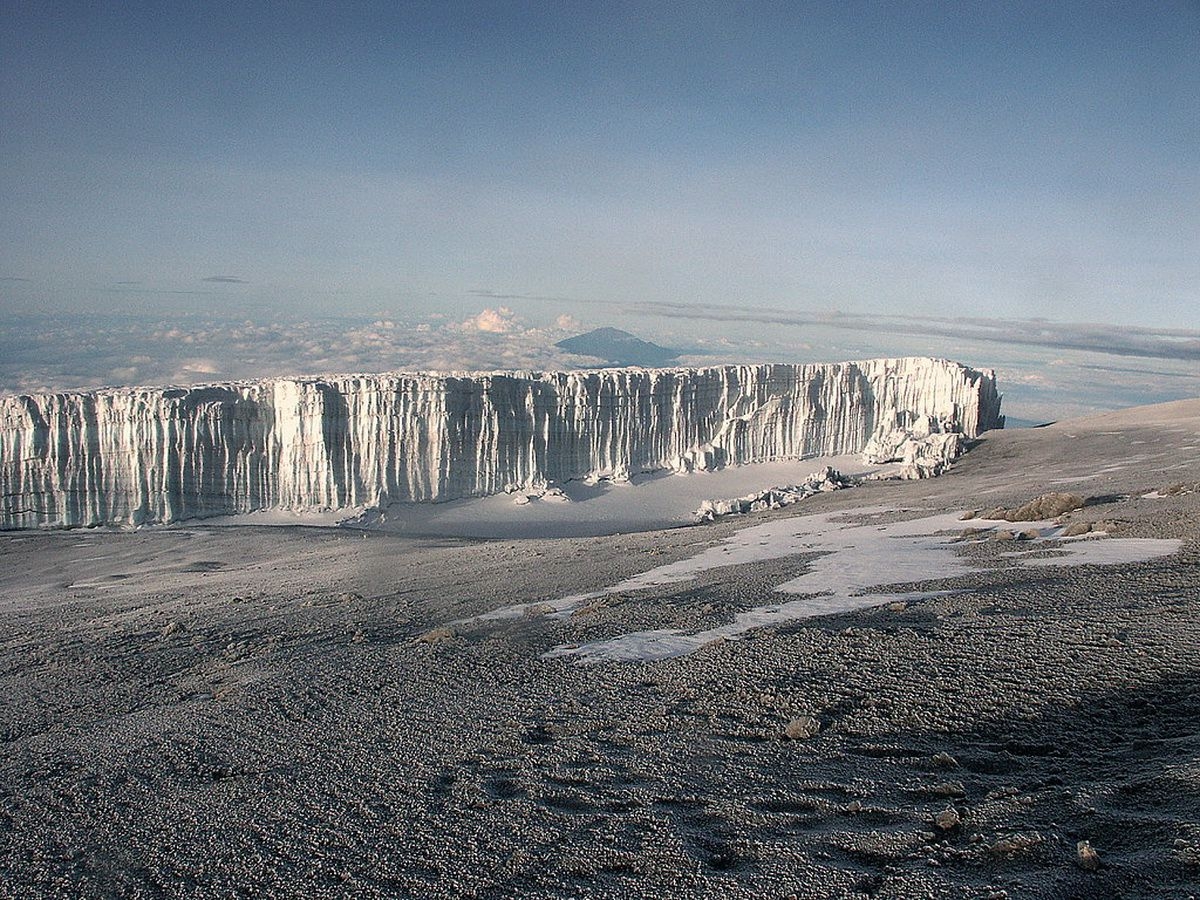'This beautiful park is at the base of the Great Rift Valley escarpment and comprises of a diverse range of habitats ranging from the rift wall, ground water forest, acacia woodlands, open grasslands, the shore of the soda lake - Lake Manyara and, finally, the lake itself'
This…
Park summary
-
Protected Area Type
National Park
-
-
When to Go
Game viewing within Lake Manyara National Park is excellent all year round, but the best views can be enjoyed from late June to the finish of September, since it is the dry season
-
Distances
Arusha - Lake Manyara National Park. Distance: 130 km, from the lodge in Arusha it takes about 3 hours driving, from Kilimanjaro Airport ca. 4 hours (180 km).
Descriptions
'This beautiful park is at the base of the Great Rift Valley escarpment and comprises of a diverse range of habitats ranging from the rift wall, ground water forest, acacia woodlands, open grasslands, the shore of the soda lake - Lake Manyara and, finally, the lake itself'
This beautiful Lake Manyara National Park is at the base of the Great Rift Valley escarpment and comprises of a diverse range of habitats ranging from the rift wall, ground water forest, acacia woodlands, open grasslands, the shore of the soda lake - Lake Manyara and, finally, the lake itself. Entrance to the park is via the village of Mto wa Mbu, 130 km from Arusha, along the rift wall. The park often appears to be in a heat haze created by the lake and lake attracts considerable birdlife. Its surrounding terrain contains such a rich mosaic of different habitats that it supports a large number of animals.
Like most Rift Valley lakes, the water is alkaline. This attracts vast flocks of flamingos, which form pink foam against a silver background of water. There are numerous water birds in the area, including storks and pelicans that waddle around next to short grasses on the shore of the lake. The park is a bird lover's haven with a variety (350 species) of local species inhabiting the forest and bush. The best time to observe these birds is in the late afternoon and early morning.
Lake Manyara National Park provides sanctuary to a variety of animals like the gazelle, impala, buffalo, wildebeest, hyena, baboon, giraffe and hippo. Manayara is also known for its tree-climbing lions.
Lake Manyara Tanzania and the areas outside the park has become a hub for active adventure guests where many stop over to enjoy activities such as horse riding, abseiling, mountain biking, canoeing and nature walk safaris.
Summary:
- Size and Location: 330km² within the Great Rift Valley (230km² of lake arena)
- When to visit the park: March - June (Bird watching), July - October (Game viewing)
- Climate: Warm days and cool nights predominate, hot and humid during short rains season
- Rainfall: 650mm per annum varying along the north-south axis of the park
- Altitude: 960mm - 1478mm above sea level



_1200_900.jpg)








